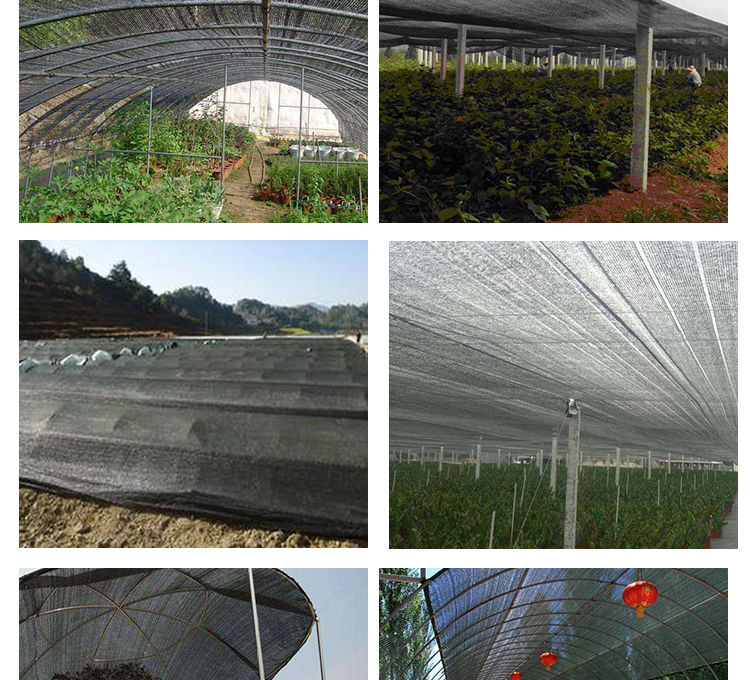The Essential Guide to Using Shade Cloth in Your Veggie Garden
Gardening enthusiasts know that sunlight is crucial for the growth and health of vegetables. However, excessive sunlight can sometimes do more harm than good, especially during the hot summer months. This is where shade cloth comes into play. Using shade cloth in your veggie garden can help protect your plants from intense heat and sun, ensuring a bountiful harvest. This article explores the benefits of shade cloth, how to choose the right one, and tips for its effective use.

What is Shade Cloth?
Shade cloth is a woven or knitted fabric designed to provide varying levels of shade. It is typically made from materials like polyethylene and is available in different densities or shade percentages, ranging from 30% to 90%. The percentage indicates the amount of light the cloth blocks.
Benefits of Using Shade Cloth in Veggie Gardens
- Temperature Regulation: Shade cloth helps to keep the garden cooler by blocking excess sunlight, which prevents heat stress on plants.
- Protection from Sunburn: Vegetables can suffer from sunburn just like humans. Shade cloth reduces the risk of sunscald on fruits and leaves.
- Improved Growth Conditions: By creating a more controlled environment, shade cloth can promote better growth and healthier plants.
- Extended Growing Season: Shade cloth can help maintain optimal growing conditions, allowing for an extended growing season for certain crops.
Choosing the Right Shade Cloth
When selecting shade cloth for your veggie garden, consider the following factors:
- Shade Percentage: Choose a shade percentage based on the needs of your plants. For most vegetables, a 30% to 50% shade cloth is ideal.
- Material: Polyethylene is a common and durable material. It is lightweight, UV-resistant, and available in various colors.
- Color: The color of the shade cloth can affect the light quality. Black cloth provides more consistent shade, while white or reflective cloths can diffuse light more evenly.
How to Use Shade Cloth in Your Veggie Garden
- Installation: Shade cloth can be draped over structures like hoops, frames, or directly over plants. Ensure it is securely fastened to withstand wind and weather.
- Positioning: Position the shade cloth to allow for adequate air circulation. Avoid placing it too close to the plants to prevent humidity buildup.
- Seasonal Use: Use shade cloth primarily during the hottest parts of the day or season. Remove or adjust it as temperatures cool down to allow more sunlight.
Tips for Maximizing the Benefits of Shade Cloth
- Monitor Plant Health: Regularly check your plants for signs of stress or inadequate light. Adjust the shade cloth as needed.
- Rotate Crops: Consider crop rotation to balance the exposure and benefits provided by the shade cloth.
- Combine with Other Techniques: Use mulch and proper watering techniques alongside shade cloth for optimal plant health.
Conclusion
Shade cloth is a valuable tool for any veggie garden, offering protection from excessive heat and sunlight. By choosing the right shade cloth and using it effectively, you can create a more controlled environment that promotes healthier plants and more abundant harvests. Start incorporating shade cloth into your gardening routine and enjoy the benefits of a thriving vegetable garden.

